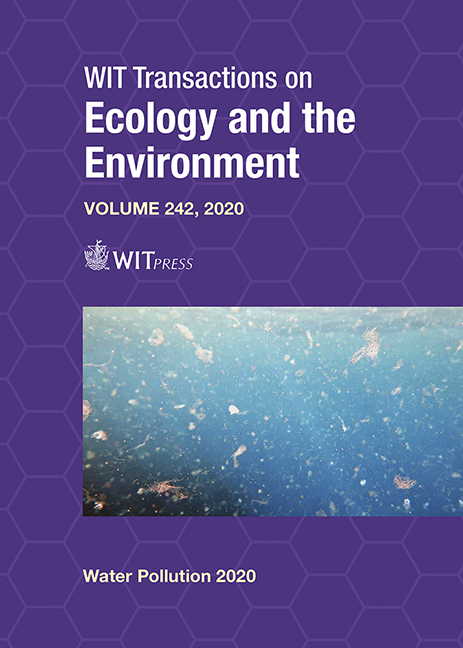INFLUENCE OF POLLUTION BUILD-UP AND PAVEMENT CROSS-SECTION ON PERMEABLE PAVEMENTS UNDER EXTREME RAINFALL EVENTS
Price
Free (open access)
Transaction
Volume
242
Pages
11
Page Range
161 - 171
Published
2020
Paper DOI
10.2495/WP200141
Copyright
WIT Press
Author(s)
MIRIAM FERNÁNDEZ-GONZALVO, CARMEN HERNÁNDEZ-CRESPO, MIGUEL MARTÍN, IGNACIO ANDRÉS-DOMENECH
Abstract
Permeable pavement systems (PPS) are part of the stormwater management technologies known as Sustainable Urban Drainage Systems (SUDS). The main objective of this is to analyse its buffering capacity (quantity and quality of filtered water) under extreme rainfall events. To this end, two different pavement cross-sections, complete configuration (C1) and simple configuration (C2), have been tested at laboratory scale for the 25-year return period 10-min intensity rainfall in Valencia (Spain). Four different pollutant build-up levels have been studied (at one, three, six and 12 months). For all the simulated rainfall events, the quantity (hydrographs and drained volume) and quality (DQO, TSS, TN and TP concentrations) of filtered water were characterized. On the one hand, configuration C1 reduced more than C2 the peak flow of filtered water for the same dirt and dust build-up. Moreover, peaks are wider in time, so the filtered water is better distributed. Regarding the influence of pollution build-up level, it can be observed that higher dust and dirt build-up gave rise to lower flow rates. In general, the larger the quantity of pollutant build-up accumulated on the pavement surface, the larger the volume of water was retained because it absorbed part of the rain, thus smoothing the peak flow of filtered water. On the other hand, the pollutant mass leached from the pavement C1 is lower than C2. When the amount of dust and dirt deposited was lower, the rainfall was able to leach more pollutant with respect to the total mass deposited. The results show the importance of an adequate cleaning program with a frequency no lower than once a month and a better response, in terms of water pollution retention, of the complete configuration (C1) during times of heavy rainfall.
Keywords
porous pavement, extreme rainfall intensity, pollutant build-up, infiltrated water quality, laboratory experience





